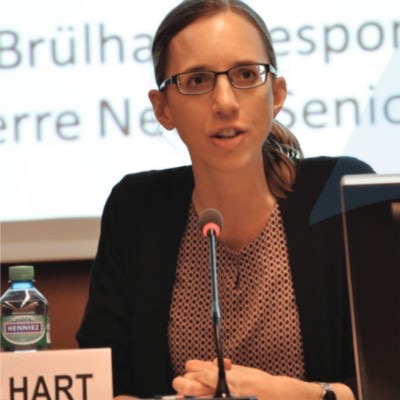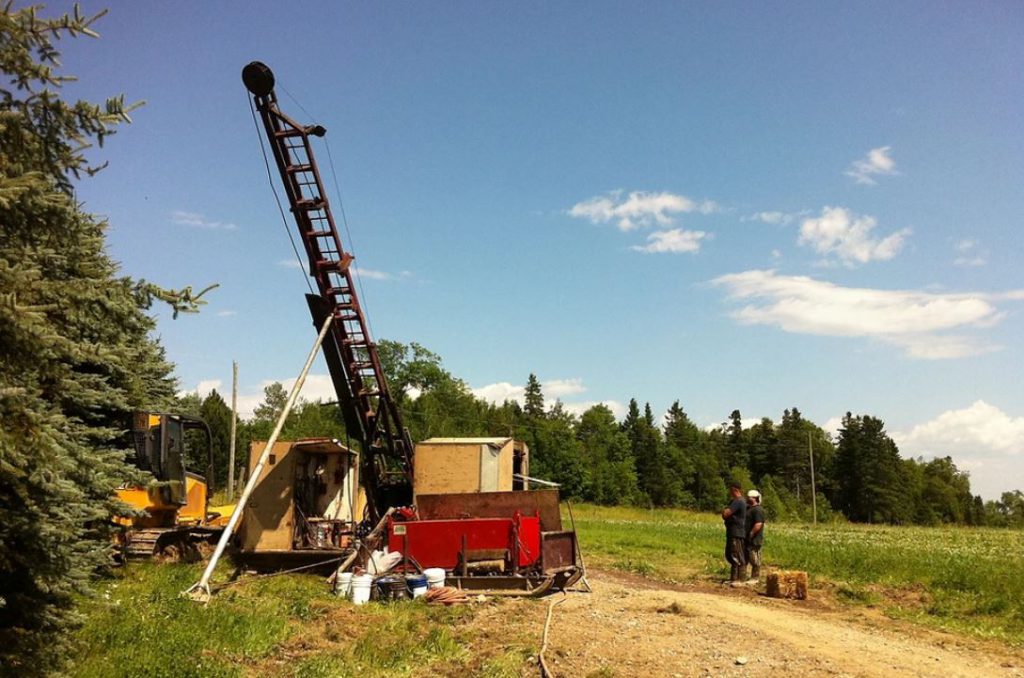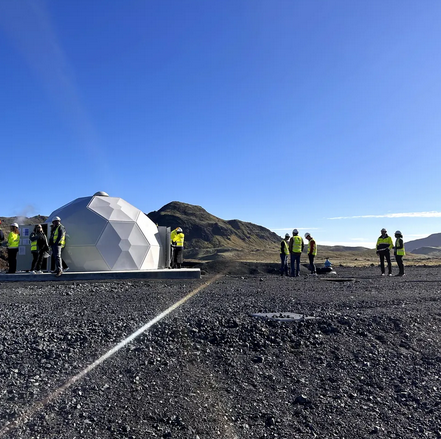Responsible copper mining framework extended to nickel, zinc and molybdenum

The Copper Mark announced Monday it is extending its responsible mining assessment already covering a fifth of global copper production to molybdenum, nickel and zinc with the launch of a pilot program.
The pilot, which runs through July 2023, is the result of a collaboration between the Copper Mark, the International Molybdenum Association (IMOA), the Nickel Institute (NI), and the International Zinc Association (IZA) to promote sustainable and responsible production and sourcing practices.
A full launch is planned for next year and the four organisations are not establishing any new standards. Participation in the pilot is voluntary and is open to any site involved in the extraction, processing, treatment, mixing, recycling, handling, or otherwise manipulating of products containing molybdenum, nickel, or zinc mined ore, metals, chemicals, alloys or other materials, according to The Copper Mark.
The copper industry created Copper Mark in March 2020, which is a voluntary assurance framework to promote responsible and sustainable production practices including environment management, social issues, labour practices and governance.
The total number of participating sites stood at 42 at the end of August, according to Copper Mark. Of those, 30 sites in Europe, South and North America, Australia, Korea and Japan have been audited and awarded the Copper Mark, representing roughly 20% of global mined copper production.
Michèle Brülhart, executive director of The Copper Mark, says Codelco, the world’s largest copper producer, has signed up to the Copper Mark assurance process. The Chilean state-owned company’s first mine under consideration is El Teniente, with others likely joining in 2023 – that would bring the percentage of production covered to some 25%.
Mines have two years to complete the process and transform practices within the Copper Mark framework ahead of auditing. An independent third-party site assessment is carried out every three years. Brülhart tells MINING.COM that realistically, the Copper Mark would eventually cover 50% to 60% of global production.
While the body is engaged with governments and producers in places like China, there is little pressure on the domestic industry in the country to follow international standards, as is the case in other sectors of the Chinese economy.
Brülhart says Copper Mark has also published a chain of custody standard in order to capture and monitor the full value chain – including scrap processors – and provide end users such as electric car and renewable energy equipment manufacturers a certified responsibly-mined product.
The organisation is also in the midst of reviving the standards, which it has committed to doing every three years. While there is no protocol for enforcement of standards as such, loss of certification would carry reputational risks – particularly since participants are publicly listed.
Brülhart says smelters and refiners that have been audited are not included in this figure to eliminate the possibility of double counting as metal passes through the supply chain.
To receive certification, each mine site must meet 32 sustainability criteria relating to issues such as greenhouse gas emissions, health and safety, tailings management, biodiversity, business integrity, responsible sourcing, gender equality and human rights.
Brülhart says unlike the gold industry, informal and artisanal small-scale mining is minimal within copper mining. The high-volume, low grades nature of copper mining makes it mostly unviable, except in places like the Congo where copper is extracted alongside cobalt. It would represent less than 1% of global copper production.
A report by Wood Mackenzie released last week estimates that 9.7 million tonnes of new copper supply is needed over 10 years to meet the targets set out in the Paris Climate Agreement.
Copper was last trading at $3.43 a pound ($7,560 a tonne), down more than 20% in price so far this year.
More News
PDAC Video: Blue Lagoon preps for July gold production start in British Columbia
April 11, 2025 | 02:46 pm
Manganese X poised to begin pre-feasibility study at Battery Hill
April 11, 2025 | 02:39 pm
{{ commodity.name }}
{{ post.title }}
{{ post.date }}




Comments